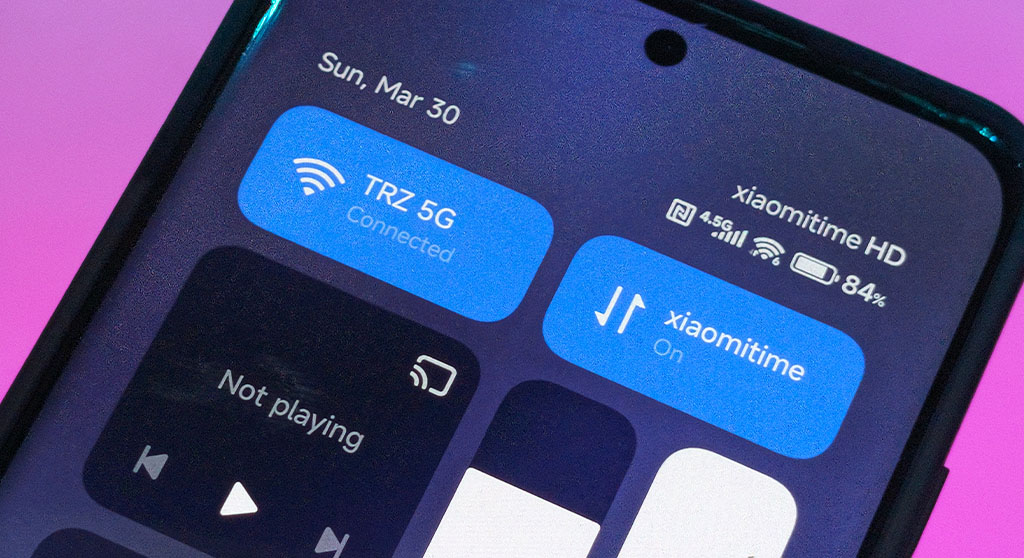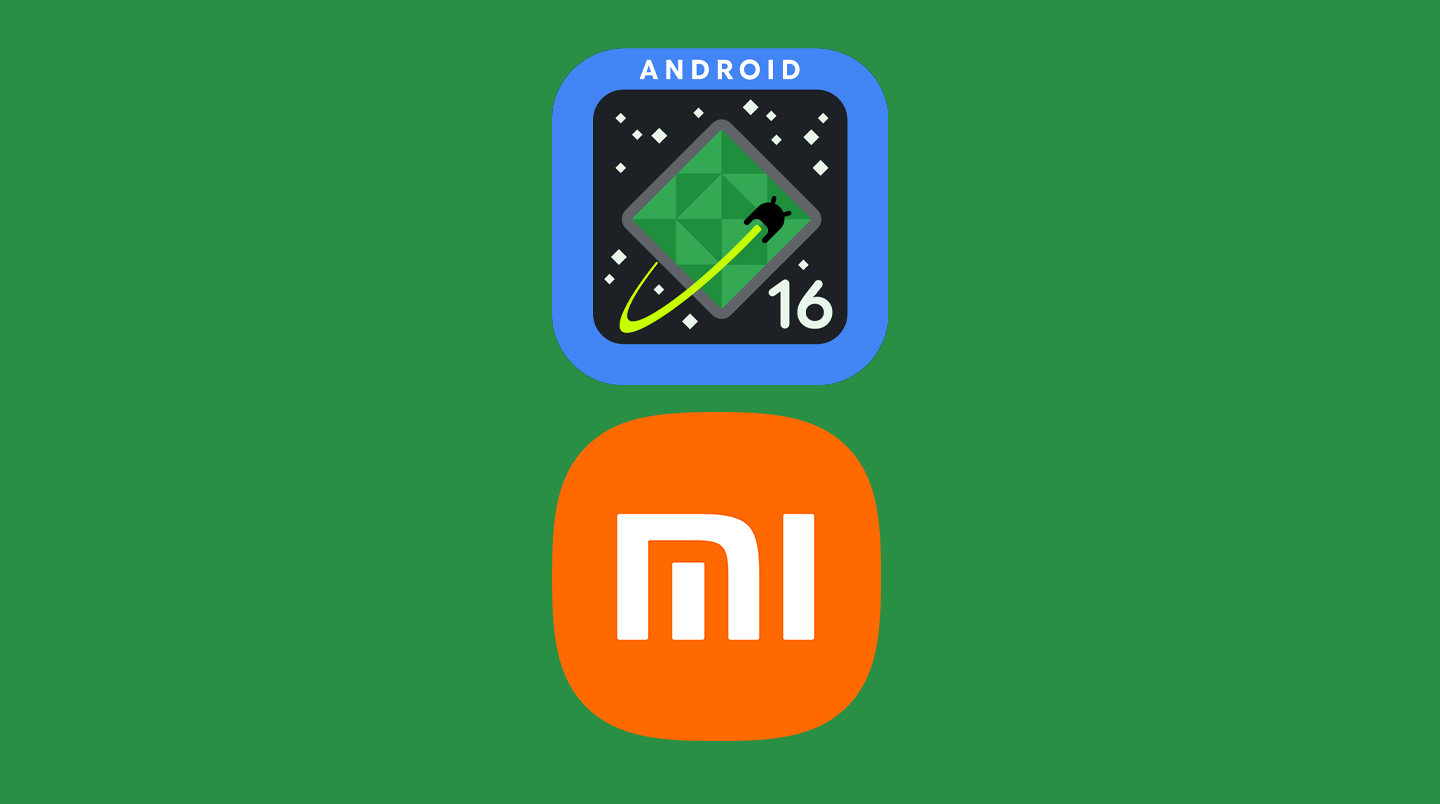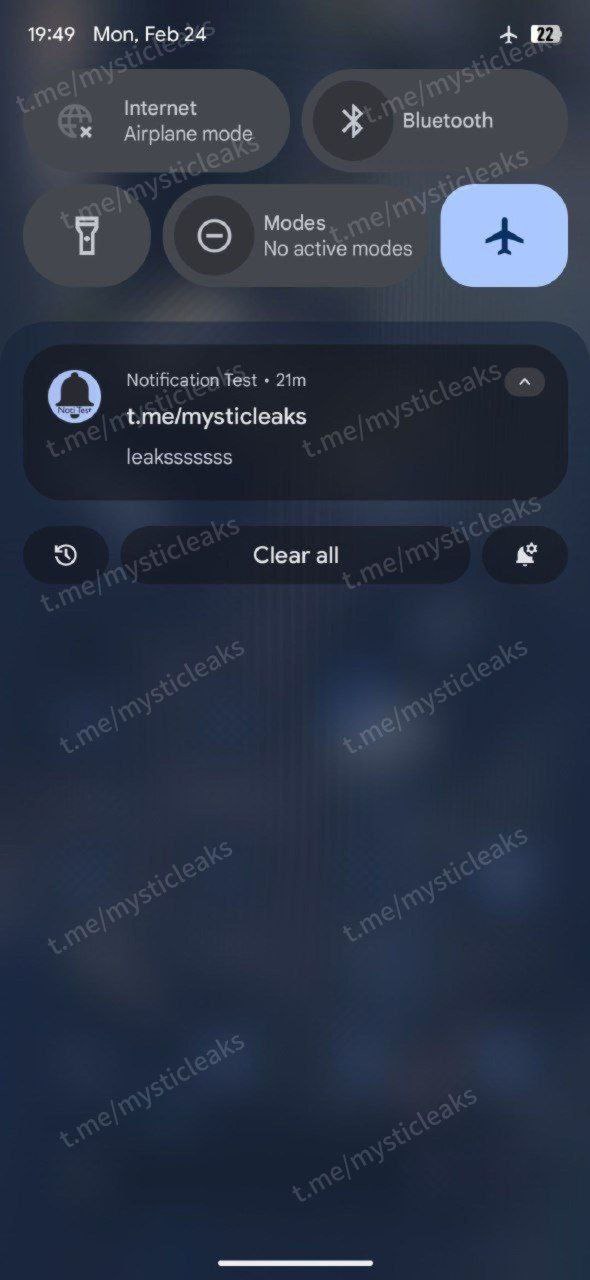Xiaomi’s upcoming HyperOS 3 might be the firm’s strongest bet yet to dethrone Apple’s decade-long interface supremacy, after the unprecedented stability improvements achieved with HyperOS 2 and its subsequent follow-up releases. Having solved both MIUI and HyperOS 1’s stability issues with the introduction of HyperOS 2, Xiaomi has continued to refine the user experience with the HyperOS 2.1 and 2.2 releases, positioning the company for a monumental competitive leap with its next-generation interface.
Android 16 Foundation and Release Schedule
HyperOS 3 will be centered around Android 16 for the most part, with some devices receiving an Android 15-based release. By doing this, Xiaomi aims to unify the software experience across its diverse portfolio of devices while ensuring that everyone receives the latest interface features.
According to industry sources, Android 16 is expected to come in the second quarter of 2025, which aligns perfectly with Xiaomi’s traditional October software release schedule. The timeline would give Xiaomi’s development team ample time to integrate Android 16’s key features as well as adding their signature customizations and optimizations.
Design Philosophy Convergence
What’s particularly intriguing about HyperOS 3 is how Google’s envisioned design direction for Android 16 aligns with visual cues that have been long associated with Apple’s iOS. Google is reportedly developing a significant interface overhaul that makes liberal use of blur effects throughout the system UI – a visual approach that’s been a hallmark of Apple’s design language for several generations.
This convergence offers a unique opportunity for Xiaomi since HyperOS 3 can potentially offer:
- Greater visual depth with sophisticated blur effects
- Intuitive layering of interface elements more
- Improved visual hierarchy that aids usability
- Smoother animations that are more natural and responsive
- Greater visual consistency across the entire system
Competitive Positioning
That HyperOS 3 is coming at a period of relative interface stability in iOS is an opportunity for Xiaomi to bridge the gap, at least in perception, between Android-based systems and Apple’s ecosystem. By combining Google’s underlying interface improvements with Xiaomi’s own performance optimizations and design sensibilities, HyperOS 3 could very well become the new benchmark for Android interfaces.
To the users of Xiaomi, this evolution is the continuation of a positive trend that began with HyperOS 2’s focus on stability and performance. The gradual refinements in the subsequent updates have created a solid foundation upon which HyperOS 3 can deliver both polish in the aesthetics as well as feature upgrades without compromising on the stability to which users have become accustomed.


 Emir Bardakçı
Emir Bardakçı




Eagerly waiting 😍 I’m really satisfied with HyperOS 2.0 performance on my phone.
lols. its pixel UI. not hyper os. we have reddit group about it. and its not officially will be out on android 16. it indicated that the new UI will be available only on pixel UI. dont base pixel on android 17 if the changes will not be applied on qpr 1 beta 1
HELL NAH LMAAAOOO
Notifications & status bar
perfect
lol 😆, hyperOS is rip off version of iOS Ui/Ux. I started using hyperOS half a year ago and quickly notice how similar Ui is to iOS. 😂
hyperos3 ??????
where is hyperos2???????
I need a fully Apple cross-system: airdrop with different/ anonymous mi account, hand off, sharing clipboard, not just UI
a ja mam pytanie skoro to jest 3 wesia to czemu jej kompilacja zaczyn się np: 2.0.230 Powinna się zaczyna 3.0…..
the glazing is just surreal
5 months old article re-published. Bravo
I have hyperos 2.0.201
WHAT IS IT ?
I like the android 16 new control centre
too bad my device will be stuck with android 15 😭😭